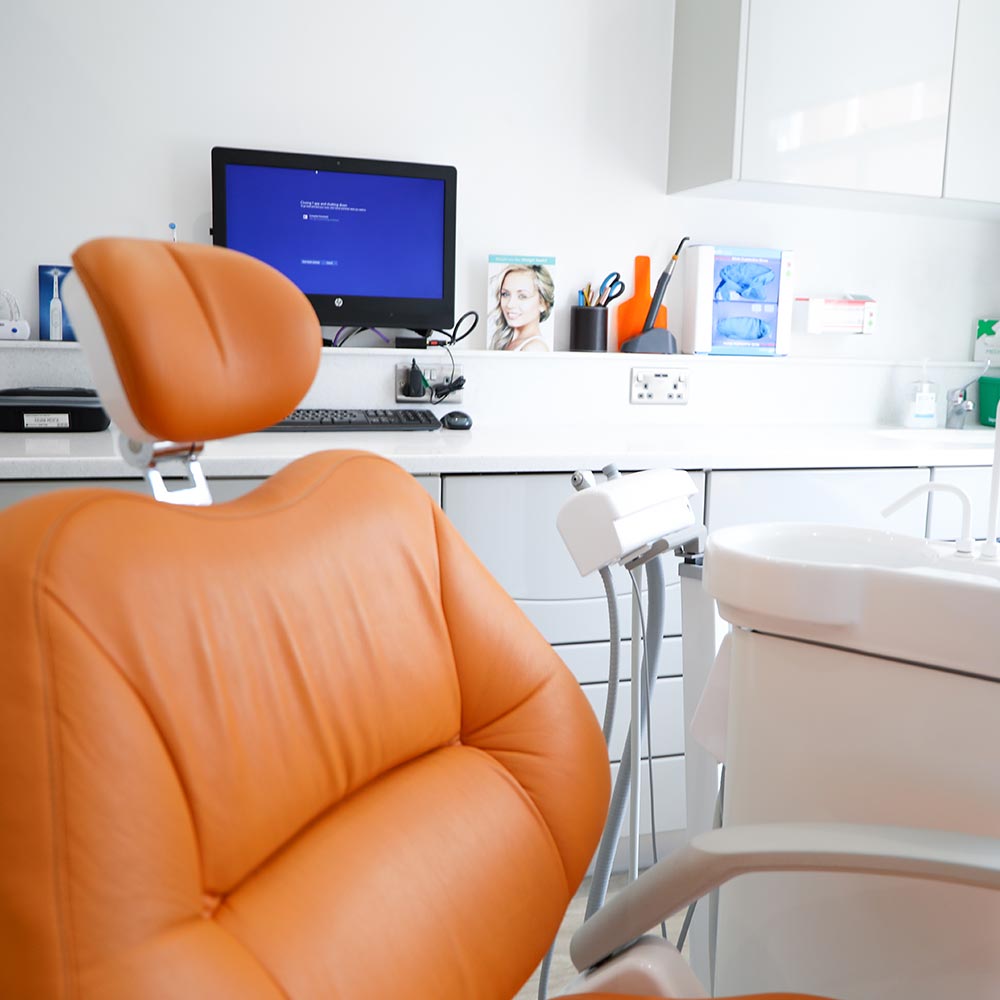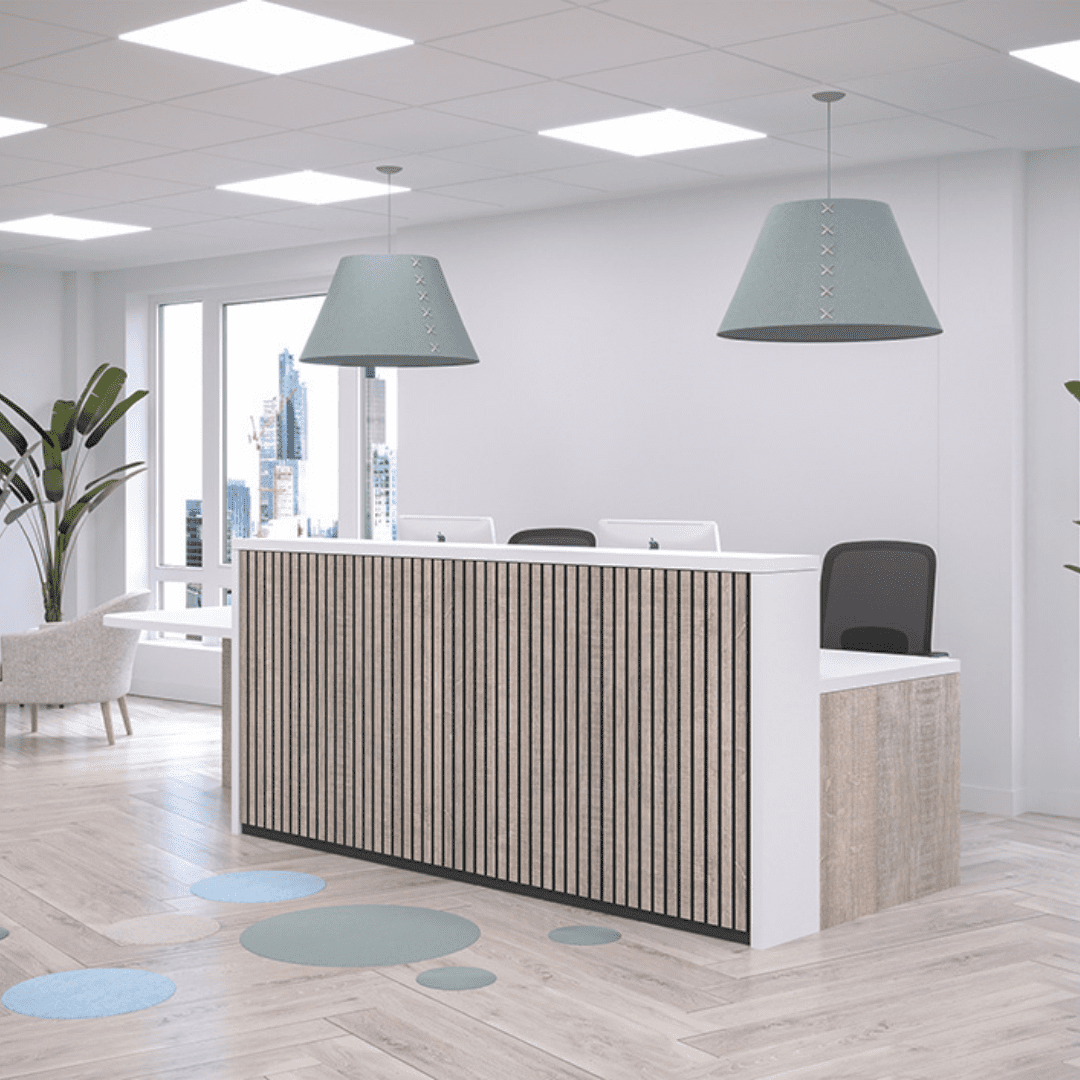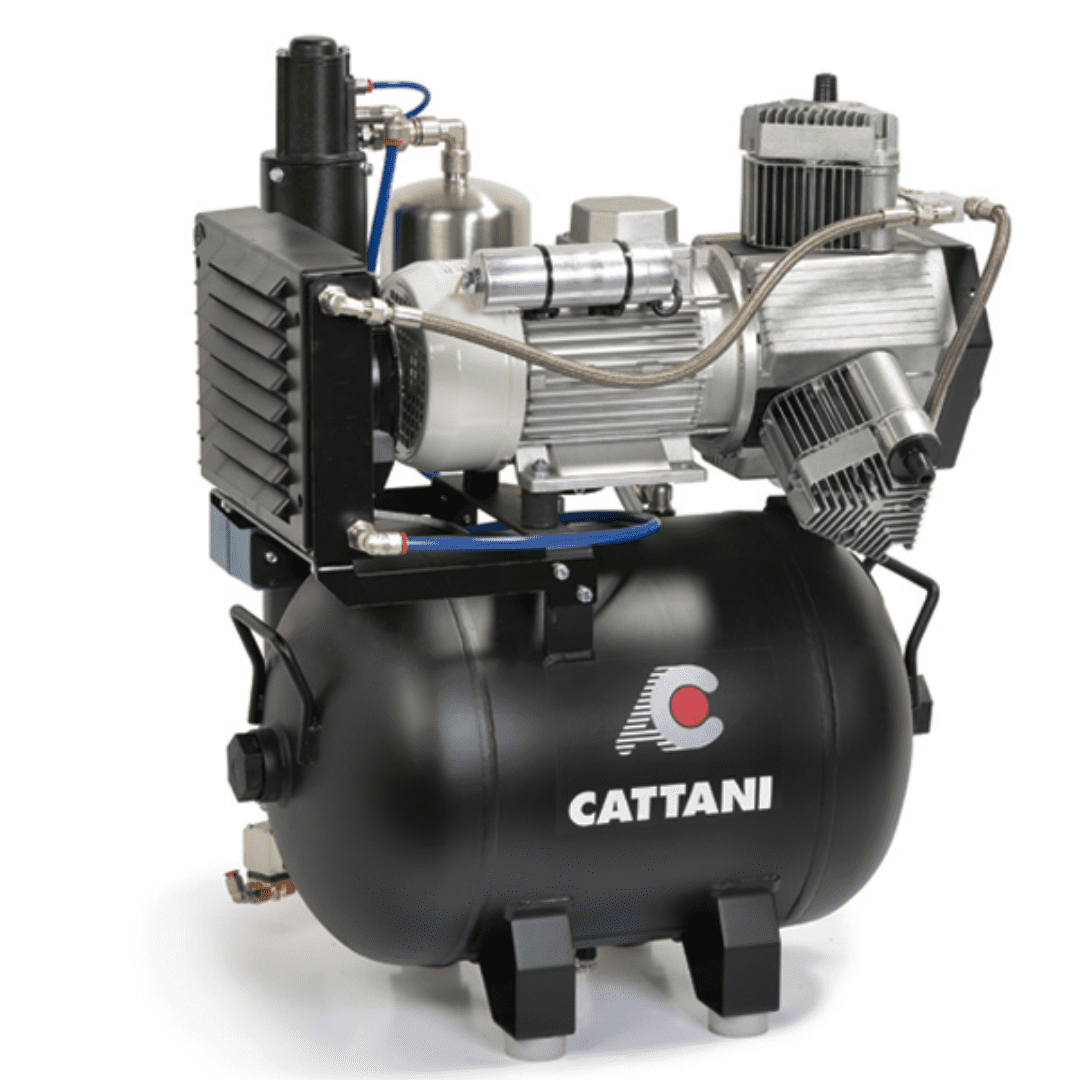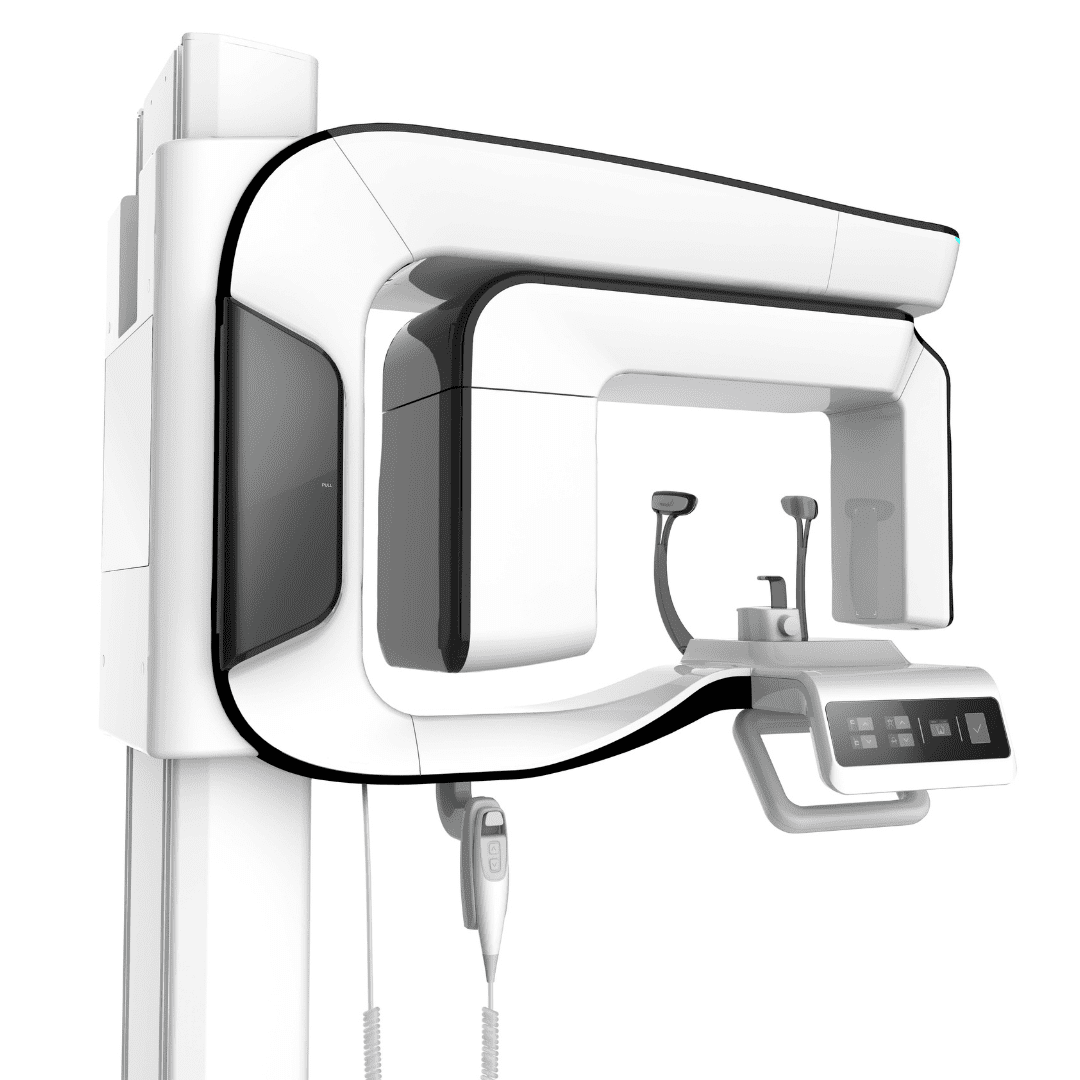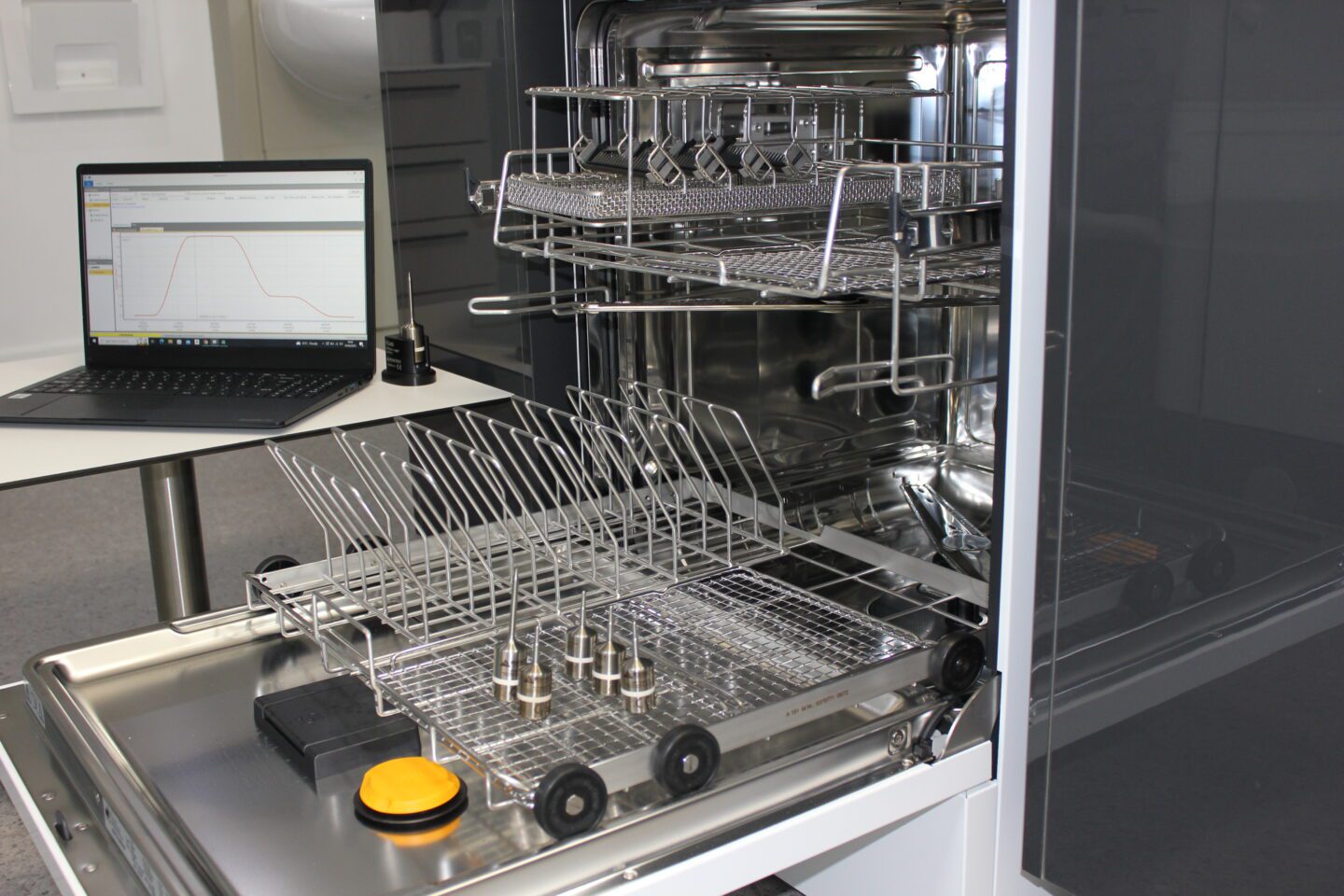Washer Disinfector Validation – An Essential Safety Requirement
Sterile instruments are vital to ensure patient safety and require specialised equipment. So, for example, regular washer disinfector validation is crucial. In practice, installing reliable sterilisation equipment and keeping it well-maintained is not enough. It is also essential to test its performance annually to ensure it continues to operate optimally.
However, performance tests are not merely good practice. The Care Quality Commission (CQC) requires all registered dental practitioners to prioritise patient and staff health and safety. With this in mind, the body conducts practice reviews relevant to Regulation 12 regarding safe care and treatment and Regulation 15 covering premises and equipment.
One notable goal of a CQC review is to determine whether the decontamination equipment maintenance and servicing procedures employed by a dental practice are adequate to ensure optimal performance and safety. The washer disinfector validation tests should be carried out according to the manufacturer’s instructions where these are available. However, the NHS has published a downloadable technical memorandum as a guideline in case they are not.
The four steps in the washer disinfection validation process
These devices employ a combination of hot water, detergents and powerful disinfectants to ensure items like burs, scalers, and forceps are free of organic matter and kill pathogenic viruses and bacteria that could endanger patients and staff.
Dental equipment manufacturers generally provide performance data and recommendations regarding the frequency of preventative maintenance and the required checks. Making necessary replacements or repairs of worn or broken parts may be enough to ensure its continued functionality but is not proof of its efficiency. Guaranteeing the latter and meeting CQC requirements involves the following procedures:
- The temperature, both during the cleaning and the disinfection cycle, should be measured and compared with the manufacturer’s performance data.
- The ultimate method for testing the efficiency of a steriliser is to observe its action on a live culture of a known microorganism. If the process has been effective, a post-treatment sample taken from the equipment will show no evidence of bacterial growth when introduced into an appropriate artificial culture medium.
- The third step in the washer disinfector validation process is to check that the equipment’s built-in control and safety mechanisms function as intended.
- The fourth and final step is to record the findings of the above tests in accordance with HTM 01-05. The latter is a Department of Health document that offers guidance about decontamination in dental practice and the differences between cleaning, disinfection and sterilisation.
How practical is in-house washer disinfector validation?
The test procedures involved are time-consuming, technically challenging, and not generally part of a dentist’s or dental assistant’s skill set. Nevertheless, these procedures are essential and waiting for a CQC review to discover that your equipment performs short of requirements could lead to avoidable downtime and cancelled appointments. However, there is now a convenient alternative. Hague Dental Supplies serves London and several surrounding counties from Nottinghamshire and Lincolnshire in the North through Leicestershire, Northamptonshire, Oxfordshire and Berkshire to Hampshire in the South. Our highly-qualified and experienced dental engineers offer installation, maintenance, repairs and expert validation of decontamination equipment. Why not get in touch and let us ensure that your staff and patients will be kept safe from exposure to pathogens in your surgery?
